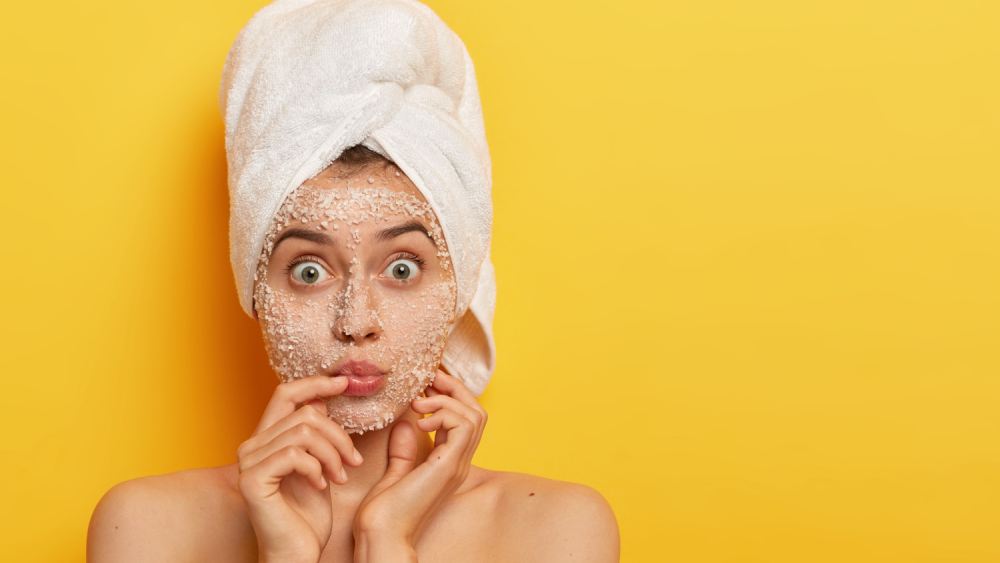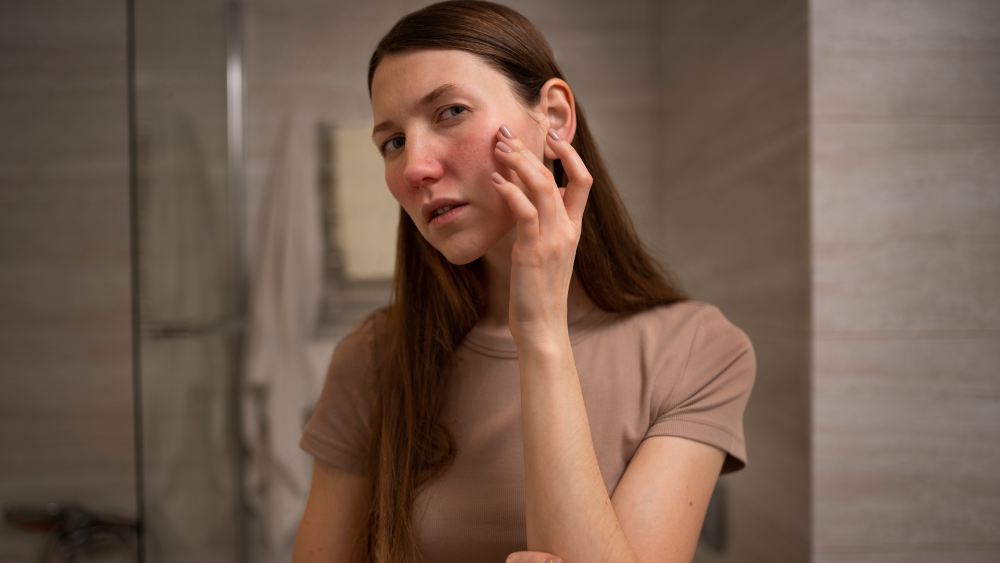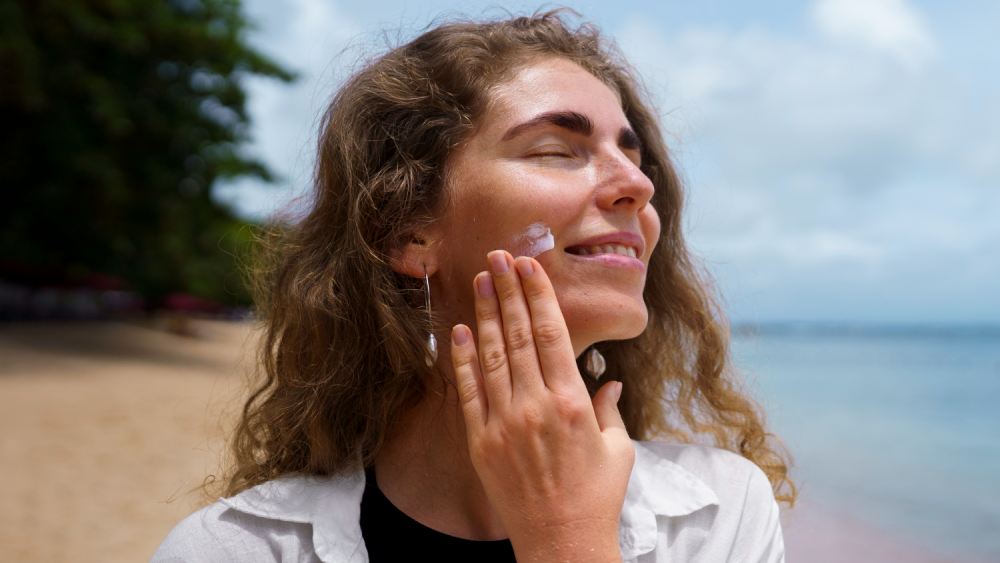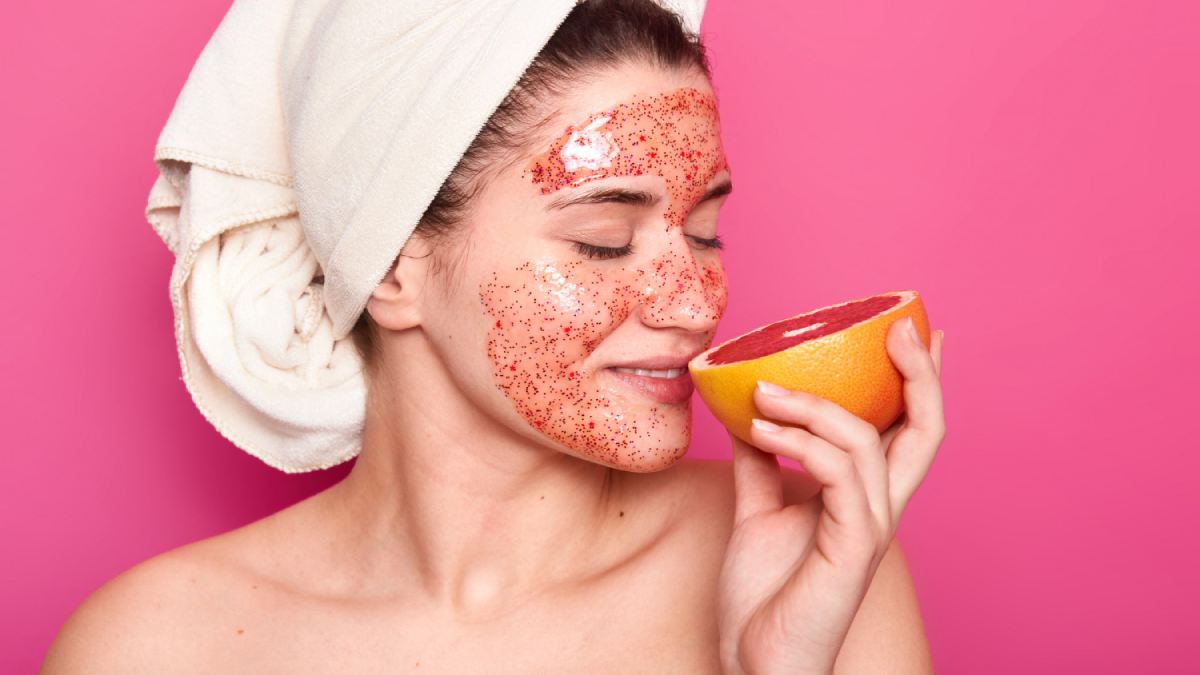Exfoliating scrub products are one of the most popular skincare routine products used to remove dead skin cells, unclog pores, and create fresh and bright skin. However, misusing these products such as over-exfoliating or using harsh scrubs, can damage skin and lead to skin issues like irritation, redness, breakouts, or severe and long-term skin damage. In this article, you will read more about the most common mistakes to avoid when using exfoliating scrubs, helping you achieve smooth, radiant skin without irritation or damage.
1. Over-exfoliating
Exfoliation is a great solution to get rid of dead cells and improve skin tone, but doing it more than necessary can cause issues like redness, irritation, dryness, and even breakouts. It is because your skin’s natural protection gets damaged.
To avoid over-exfoliating issues:
- Exfoliate your skin only 2 to 3 times per week depending on your skin type.
- If your skin experiences itchiness, dryness, or starts peeling, stop using exfoliation scrubs.
- Be careful about chemical exfoliants as they are strong and overusing them can cause severe skin peeling or burning.
2. Using harsh physical scrubs
Some scrubs contain harsh and uncommon ingredients like crushed walnut shells or sugar crystals that can create micro-tears in your skin. These small injuries are not visible most of the time, but they can weaken skin’s barriers, making it more vulnerable to irritation, injuries, and aging.
- Look for scrubs that are smooth and contain soft ingredients such as rice powder or jojoba beads which can remove dead skin cells without damaging it.
- If you have sensitive skin, you can exfoliate your skin using chemical exfoliants like AHAs and BHAs, as they do not contain harsh physical materials.

3. Ignoring skin type when choosing exfoliating scrubs
Another important mistake that should be considered is to ignore skin type when purchasing the exfoliant product. Here are exfoliant recommendations based on the skin type:
- Dry or sensitive skin: It is highly recommended to use a gentle exfoliant like lactic acid or enzyme-based scrubs on dry or sensitive skin types to avoid dryness and redness.
- Oily or acne-prone skin: If you have oily or acne-prone skin, it is possible to use stronger exfoliant salicylic acid (BHA), which deeply penetrates the skin.
- Combination skin: For this skin type, it is better to have a combination of exfoliants for different parts of the skin.
💡 Besides choosing the right exfoliant product for your skin, it is important to test the scrub on a part of your body to see how your skin reacts to the product. Then you can use it in a wider range on your skin.
4. Exfoliating compromised skin
If you have active acne, wounds, sunburns, or any type of skin irritation, avoid using exfoliants on your skin as it can spread bacteria and worsen your skin condition. This would also increase the skin healing process. Therefore, it is important to consider your skin condition carefully to avoid any damage caused by exfoliating scrubs. To avoid any feature skin concerns due to the exfoliant products, it is better to let your skin heal before scrubbing. In addition, it is better to use a light exfoliant such as BHA if you have acne.
💡 Avoid using exfoliants on the skin with eczema, rosacea, or irritation.

5. Skipping moisturization post-exfoliation
Although exfoliation removes your skin’s dead cells, it temporarily weakens your skin’s barriers. Therefore, it is of high priority to follow post-exfoliation care including hydrating your skin to avoid dryness, flakiness, and sensitivity. Use a hydrating moisturizer immediately after exfoliating your skin and to nourish your skin, try to use products including ingredients like hyaluronic acid, ceramides, and aloe vera.
6. Not using sunscreen after exfoliation
After exfoliation, the skin is more prone to sun damage, hyperpigmentation, and skin aging as the protective layer of the skin is removed. Therefore, it is crucial to use sunscreen after exfoliating your skin. Apply sunscreen SPF 30 or higher after exfoliating and try to wear a hat and be far from sun exposure.
💡 If you are using chemical exfoliants like AHAs, be careful as they make your skin more photosensitive.

7. Combining multiple exfoliation methods
Another mistake that can damage skin and make skin prone to different issues is using multiple exfoliants (physical scrub and chemical exfoliants) at the same time. This action can lead to skin irritation, redness, and excessive peeling. Only use one type of exfoliants and if you plan to use multiple methods, have a plan to use them on different days. Avoid using all of them at once.
💡 To understand differences between chemical and physical scrubs, you can read “Chemical vs. physical exfoliating scrubs: Which is better?” article.
8. Applying excessive pressure when exfoliating your skin
Scrubbing your skin very hard cannot help your skin experience a better result after exfoliation. It only causes skin damage such as redness, inflammation, and even broken capillaries. The only point to consider is that let the exfoliant do the job, rather than pressuring your skin for a better exfoliation result. Gently move the exfoliant product on your skin with circular motions. If you feel discomfort or pain, it means you are pressing your skin hard, so slow down or stop touching your face and let the skin rest.
9. Using body scrubs on the face
Another common mistake that is made often is using body scrubs on your face skin. Body scrubs are formulated for thicker and tougher skin, as body skin is usually so and they contain stronger exfoliation ingredients. Therefore, they are not a good choice for face skin which is normally softer and more sensitive compared to body skin and they can increase the risk of irritation and micro-tears. So, always look for face scrubs that contain smaller and gentler exfoliant particles.
10. Ignoring patch tests before using exfoliating scrubs
Using a new exfoliant product for the first time without testing it can be risky as it may include some ingredients that cause allergic reactions, irritation, or breakouts. So, it is important to test the new products on a small part of your body (like behind your ear or on your wrist) and wait 24 hours to see your skin’s reaction to the exfoliant. After one day, if you see redness or unusual changes on your skin, do not use the product.
Conclusion
Exfoliating scrubs are an important part of the skincare routine and facial steps that should be considered seriously. The exfoliating products can remove skin-dead cells and refresh your skin. However, using them in the wrong way or ignoring some tiny but important points like patch tests, using sunscreen, skin type, and skin hydration can cause different skin issues such as irritation, redness, and excessive peeling.
